In the northeast of Spain, you can find a very small abandoned village, called Gallicant, which is a borough of Arbolí --although it belongs ecclesiastically to Siurana--.

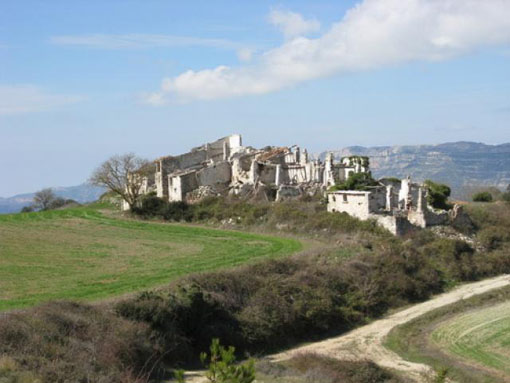
Arriving to Gallicant
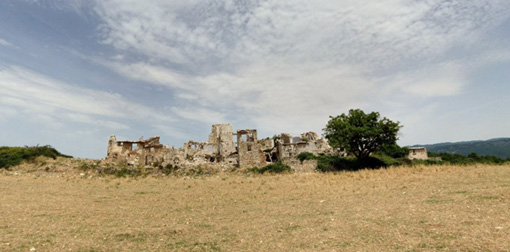
Another view of Gallicant
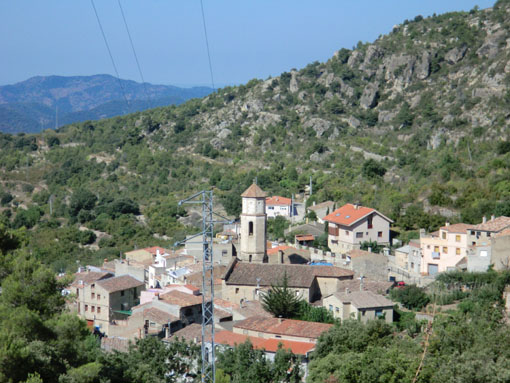
Arbolí
Gallicant is 880 metres above sea level, on a landing, with its back to the canyon, where the river Siurana moves, and facing the Puig de Gallicant.

The canyon near the Siurana river
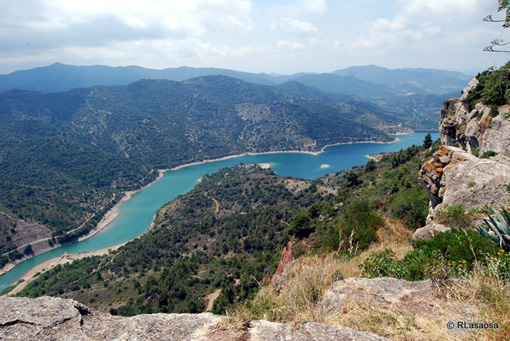
Siurana river
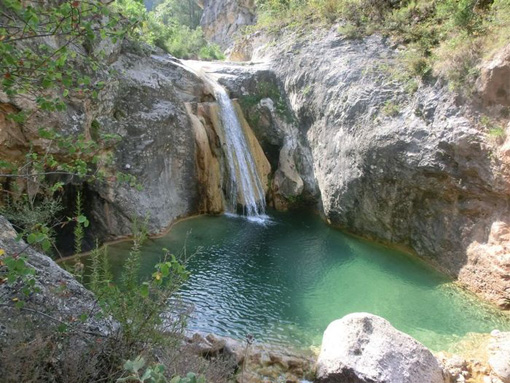
A pool of the Siurana river
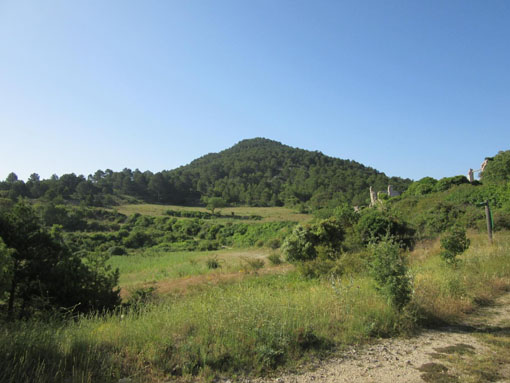
Puig de Gallicant
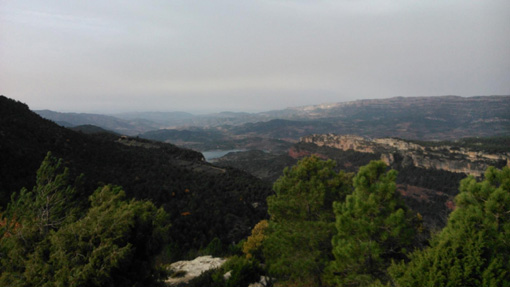
The swamp Siurana at the bottom
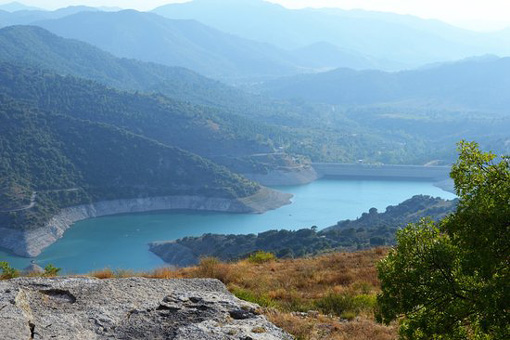
The swamp of the Siurana river
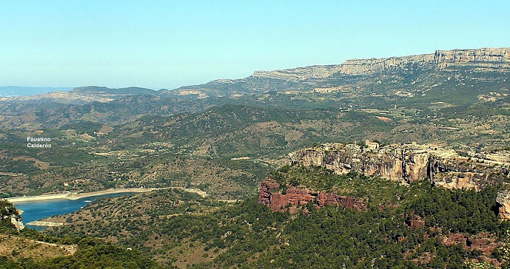
The swamp on the left side and Siurana on the right one and the Sierra of Montsant
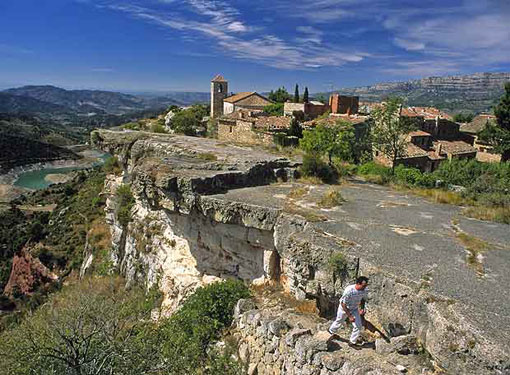
Siurana village
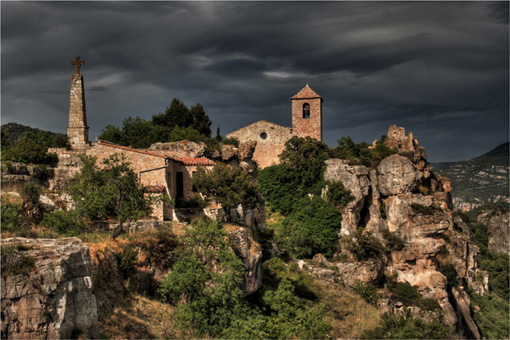
Siurana close up
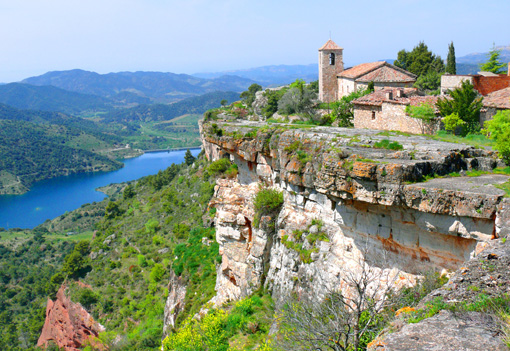
Some cottages in Siurana
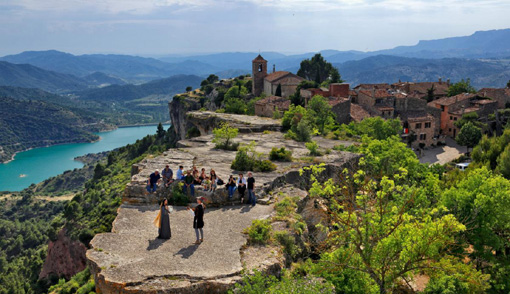
Guided visits to Siurana
When you arrive to Gallicant, you can see this:
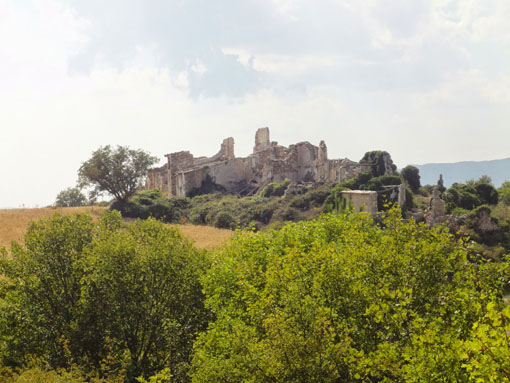
Gallicant close up
Gallicant was composed of 8 houses; but nowadays, they are all without a roof, without interior beams or partitions. Two of those houses were: Cal Salvador Manuel and Cal Matillo.
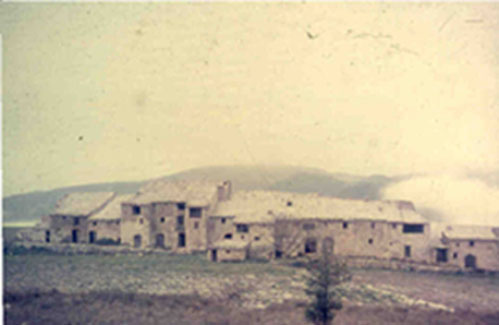
The houses while the neighbours lived there, in 1965
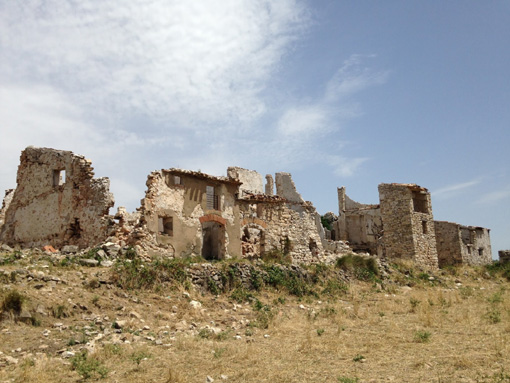
Cal Salvador Manuel and Cal Matillo on the left side
The hardness of the land and lack of services caused that several houses were closed, in the 30s and 40s, even when they kept the house in use, in the high season of agricultural work.
They went down to live in Arbolí and, from there, they went up to perform the tasks of the field.
Wheat, oats, rye and chickpeas were what was grown, in their farms, also having vineyards, in the flatter areas of lower height.

Sheaf of stalk in 1930
Cal Casat, Cal Manuel, Cal Joanet and Ca l'Anyep were the houses that had press, to make wine. They also made a variety of aguardiente, which they sold to Reus, and the same village, where they went down to sell the surplus of agricultural products.
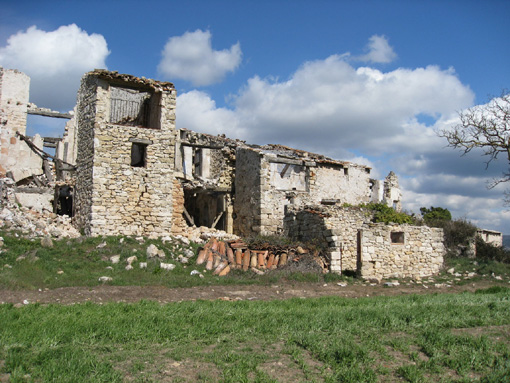
The house named Cal casat with a balcony on the left side and other houses
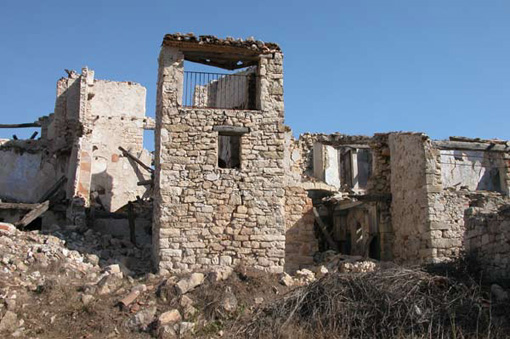
Cal Casat
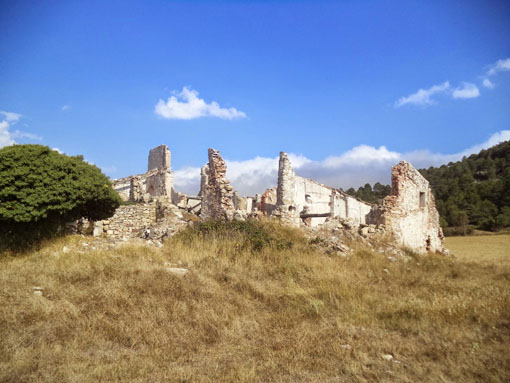
Cal Estudiant
Each house had its oven, to make bread.
The electric light never came to Gallicant. The oil and carbide lamps were his source of illumination.
One of the main problems, that Gallicant had, was the water. They made a deposit, next to the houses, to channel the water, from a fountain, but, in time of drought, it was scarce and they had to go and look for it 15 minutes from the village. Cal Casat and Cal Joanet built two wells, to collect rainwater and thus alleviate its shortage.
The doctor went to Gallicant on rare occasions.
There was no postal service and it was any neighbor, who went down to Arbolí and took the letters to Gallicant.
The creation, in 1950, of the military camp of Los Castillejos, 3 kilometres from Gallicant, supposed a slight rise of all the surrounding villages.
Although Gallicant was already demographically agonizing, the search for leisure and spending free time (Saturdays and Sundays) of the soldiers, who did not go down to the places closest to the coast, caused several of these groups to visit the village frequently. So, the soldiers ordered meals and asked them to wash their clothes, in some houses. All this allowed Gallicant not to be an uninhabited village.
Life was complicated in Gallicant.
In the end, all the neighbours went to Arbolí, Alforja, Reus and Vilaplana.
Joan Juncosa and Dolors Nadal, with three children, who were living with them, were the last of Gallicant. They closed Cal Joanet, in the early 60's and went down to the village of Arbolí.

Cal Joanet, the last abandoned house in Gallicant
Well, I hope that you will like this article.
Until my next post, kind regards,
Luis.
Sponsored by Costaluz Lawyers.
Please click below:
